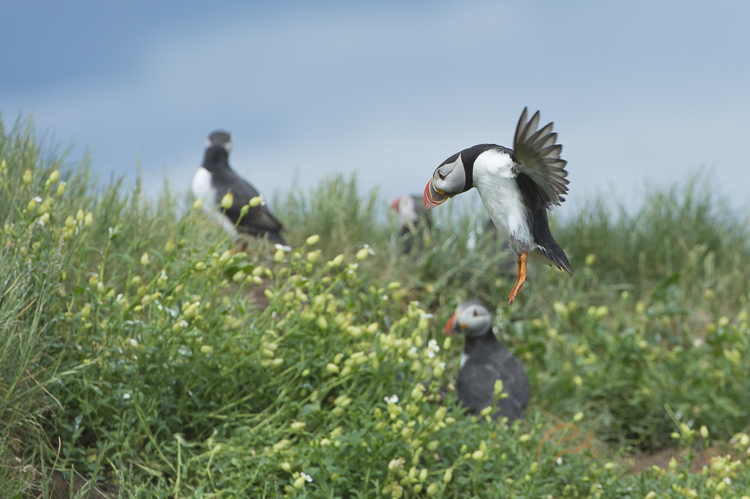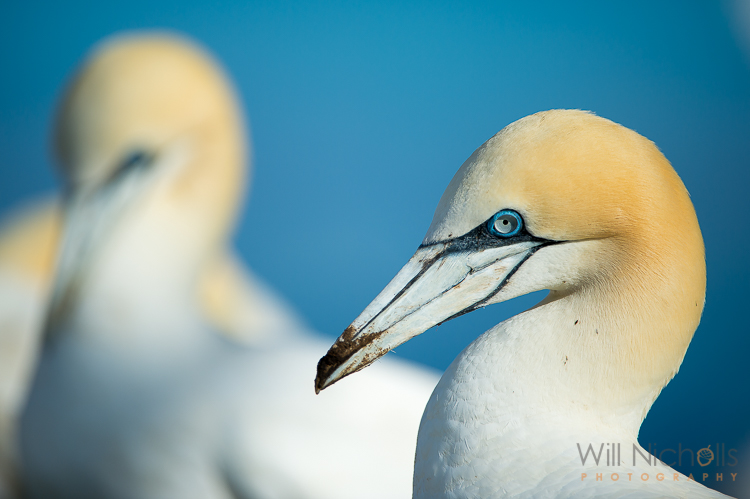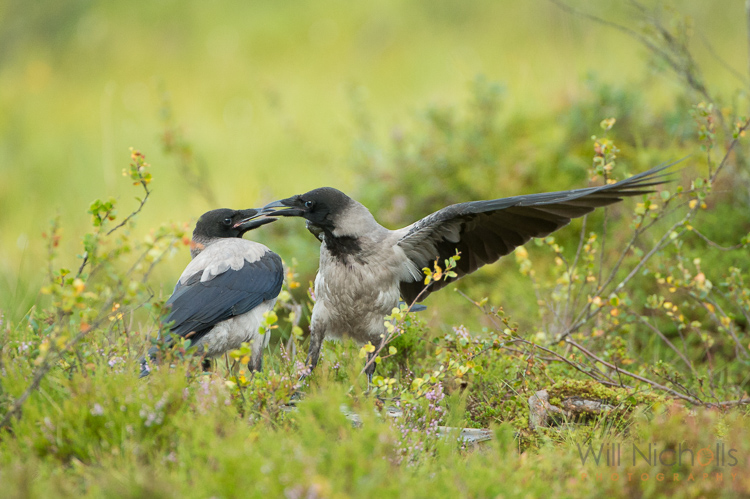The post How to Move from Auto to Manual Modes Using Camera Semi-Automatic Modes appeared first on Digital Photography School. It was authored by Ana Mireles.
Are you tired of the auto mode of your camera but don’t feel confident enough to go full manual? In this tutorial, you’ll learn how exposure works and how to use your camera semi-automatic modes to make the transition easy and smooth.

William Bayreuther
The Exposure Triangle
The first thing you need to know is that you control exposure by three factors: aperture, shutter speed, and ISO. They are all interconnected, meaning when you move one of them, you have to adjust the others to compensate. This connection is known as the exposure triangle.
So, if the correct exposure can be achieved with many different values, as long as it’s compensated, what’s the problem with letting the camera choose those values? Because they control more than just the exposure. Let me show you with a visual explanation. Below is the same photo shot with different settings:
This photo was shot in Auto Mode meaning the camera decided what shutter speed to use, what aperture and what ISO. I had no control whatsoever about which would take priority:

Here I decided the shutter speed so I could control how long the light would come into the camera, which translates into freezing moving objects or capturing movement. The aperture and ISO were then automatically decided by the camera.

Left image – SHUTTER PRIORITY:1/250, f/3.5, ISO 800 = Freeze Subject. Right image – SHUTTER PRIORITY:1/30, f/10, ISO 800 = Motion Blur.
In this case, I chose the aperture because this controls how much of your photo is in focus. This technique is called Depth of Field. Shutter speed and ISO were then automatically decided by the camera.

Left image – APERTURE PRIORITY:1/200, f/2.8, ISO 800 = Shallow depth of field. Right image – APERTURE PRIORITY:1/6, f/22, ISO 800 = Deep depth of field.
In this last one, I changed the ISO, and the result gets reflected in the amount of noise you find in your photo, especially in the darkest areas. I’ll show you a zoomed in comparison for you.

Left image – AUTO ISO:1/200, f/16, ISO 6400 = Much noise. Right image – AUTO ISO:30, f/2.8, ISO 200 = No noise.
Now, if you go from Auto Mode into Manual Mode, suddenly you’re changing from no control into full control, and that can be difficult at first. Especially if you’re shooting scenes where you might lose the perfect shot if you take a long time figuring out the correct exposure. Fortunately, camera manufacturers know this, and they’ve created different semi-automatic programs for you to choose from.
Aperture Priority Mode
Aperture Priority Mode is marked as A or Av. It’s the same thing, but it changes according to the brand. With this setting, you can manually choose your ISO and your aperture number, which leaves the shutter speed up to the camera. This setting is handy when you are photographing still objects or landscapes. Just make sure to use a tripod if there’s low light because with a low shutter speed even your own movement can be recorded. However, if you don’t have a tripod, you can increase the ISO. But be mindful that the higher the number, the more noise you’ll have. Why would you want to control the aperture? Because it controls the depth of field.

Left image – APERTURE PRIORITY:1/60, f/2.8, ISO 200. Right image – APERTURE PRIORITY:1/50, f/22, ISO 4000.
The smaller the aperture number is, the wider the plane of focus becomes. However, most lenses have a sweet spot around f/8 that gives you the sharpest image of all. You can use this Aperture Priority Mode to experiment with your lens.
Shutter Speed Priority Mode
Shutter Speed Priority Mode can be marked as S or Tv, again depending on the brand. You control the shutter speed and ISO, while the camera takes care of the aperture. You’ll want to use this setting when there’s movement involved in your shoot, such as sports photography. In this case, you need a high-speed value if you want to freeze the moving object, or a slower speed if you want the moving object to leave a trail. Another situation in which this is useful is night or dark scenes, and you don’t have a tripod. In this case, you need to make sure to put your shutter speed fast enough so that the natural movement of your body doesn’t register with the camera.

Top image – SHUTTER PRIORITY:1/8, f/2.8, ISO 200. Lower image – SHUTTER PRIORITY:1/30, f/2.8, ISO 800.
Auto ISO
Finally, automatize the third factor of the exposure triangle, Auto ISO. There’s no program mode on the mode dial as such, but there is a setting. While being in Manual Mode, adjust your ISO sensitivity to AUTO so that you can decide the other two factors (aperture and shutter speed). However, you can also pair Auto ISO with any of the semi-automatic modes listed before, and then you only have to think about one factor. What you have to consider in this case is that the higher the ISO, the more noise you’ll have in your photo.

*A couple of extra considerations:
-Always check the results as your camera may misread the scene, especially in scenes with high contrast.
-When using the priority modes, the settings values start to flash if you’re out of reach (if it doesn’t have a way to compensate what you’re adjusting.) In this case, depending on what your shoot requires, you may have to solve it by adding a flash, raising the ISO or adding a filter.
Have fun using the semi-automated modes and remember to switch to full manual once you feel more comfortable with the entire exposure triangle. That way you’ll always keep learning!
The post How to Move from Auto to Manual Modes Using Camera Semi-Automatic Modes appeared first on Digital Photography School. It was authored by Ana Mireles.






You must be logged in to post a comment.